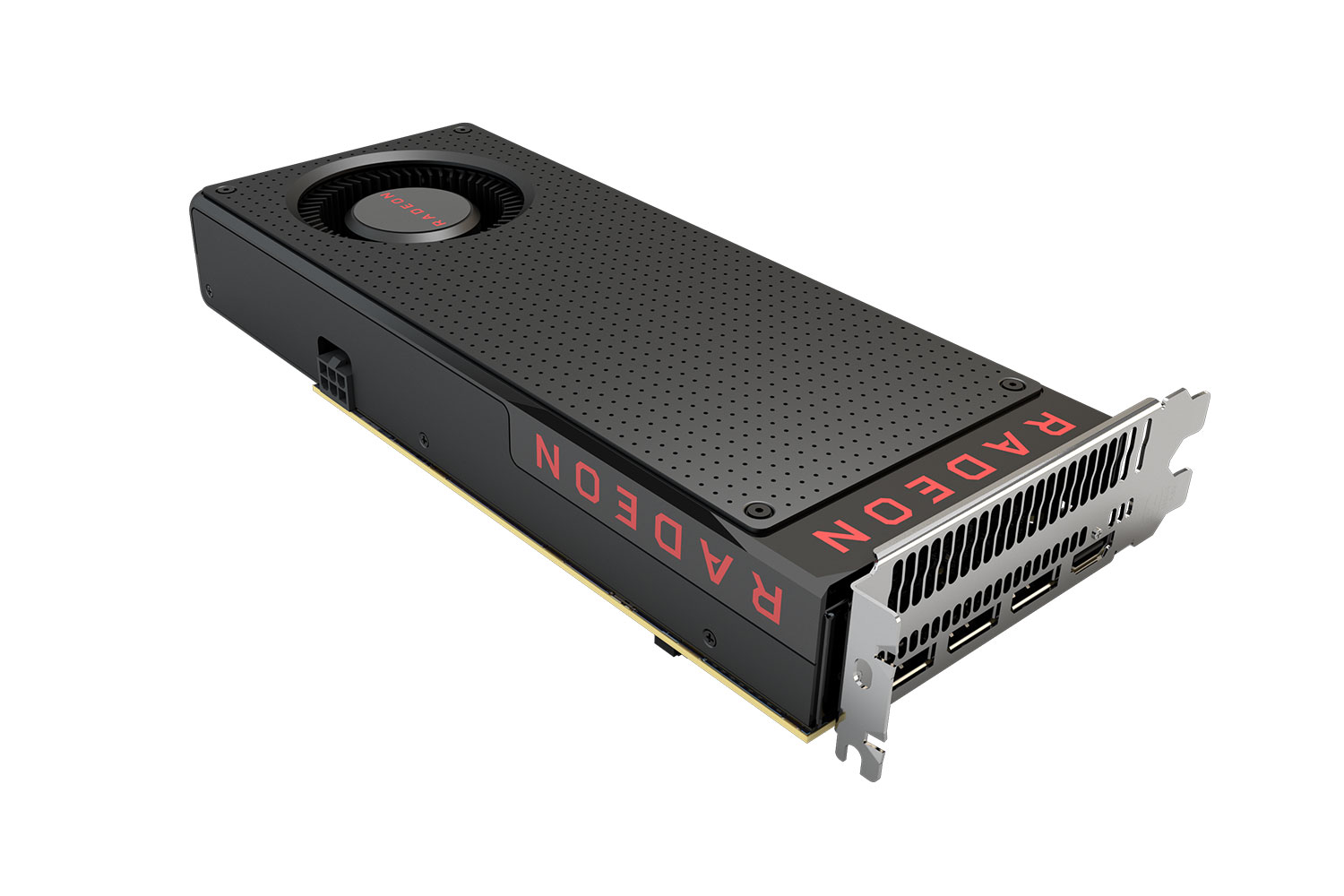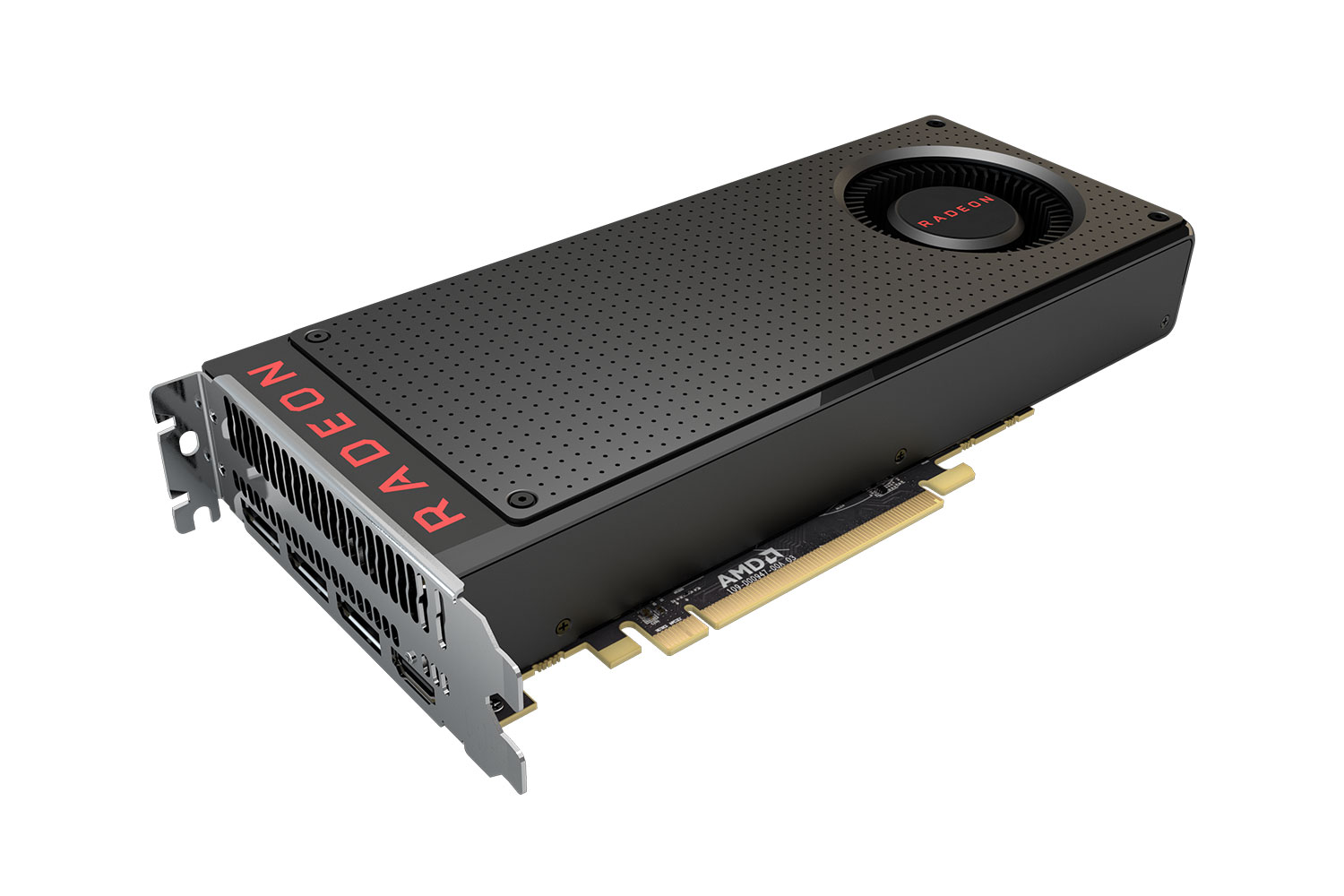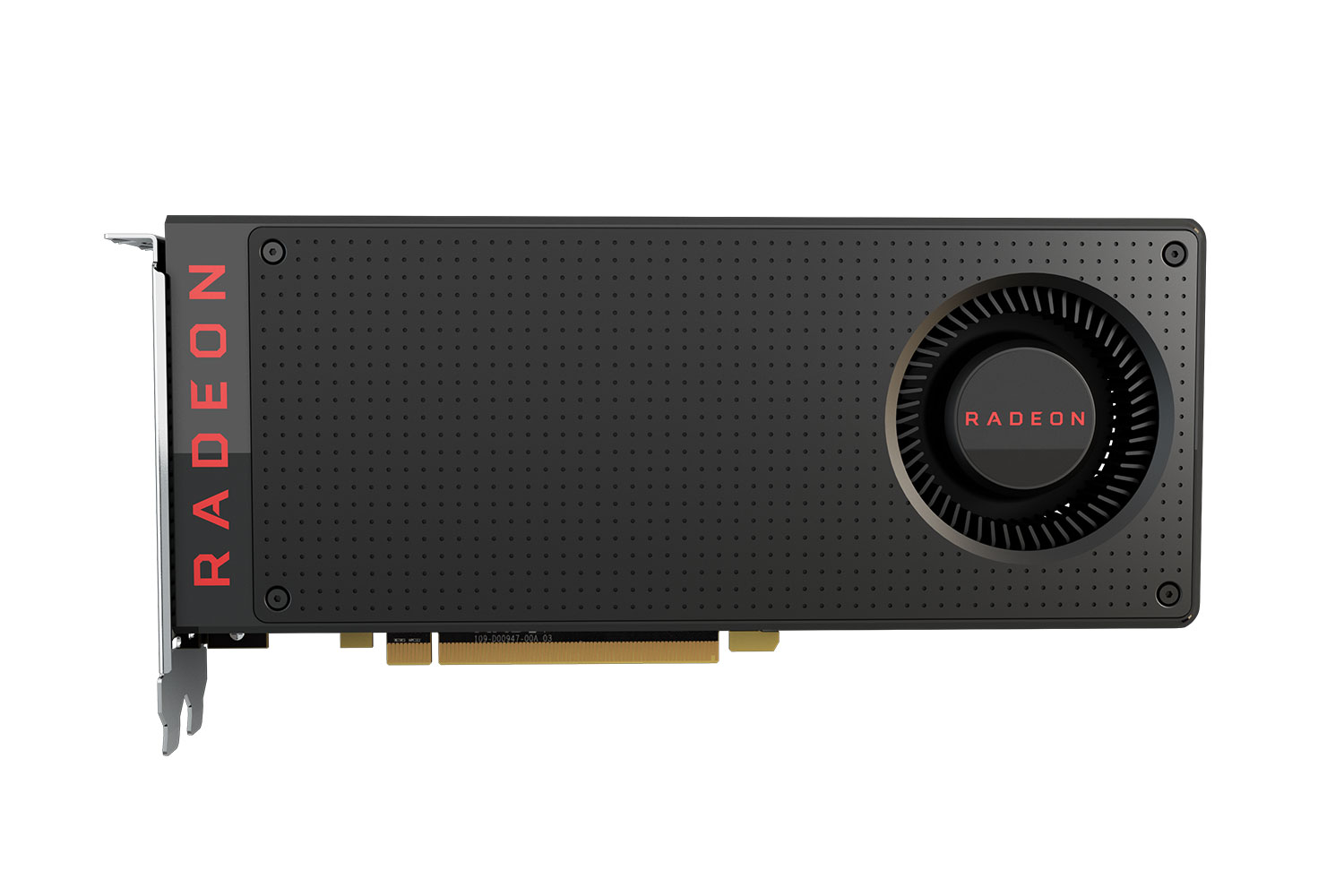AMD brought its big guns to Computex 2016. It launched a new line-up of mobile APUs, announced the release date of its first Polaris video card, and provided a few new details about Zen, its new processor architecture.
This trio gave the company a strong showing at Computex, and eased fan fears that Polaris hardware might not appear until sometime in the third or even fourth quarter. But it’s not clear these announcements will be enough to bring AMD back from the brink.
Polaris, the GPU you’ll want to root for
The headliner at AMD’s conference was undoubtedly its new Polaris-based card, the Radeon RX480. While we don’t know exactly how it will perform yet, we do know it’s coming at the end of June for $200. And the basic specifications – five teraflops of compute power, up to 8GB of memory – suggest it’ll be one hell of a card for the price.
Nvidia launched its latest at the high end with the GTX 1080 and 1070, which left an opening for AMD. It’s a major coup for the red team. The new Radeon makes Nvidia look greedy, introducing a high-end card first to soak money from gamers who are loose with their wallets. The RX480 is the everyman, the underdog, the plucky no-nonsense option. Several different company reps told me several times that the RX480 is a “marketshare play.” And it’ll probably work. AMD will sell a ton.
But launching at $200 is a compromise. It means handing the performance crown to Nvidia. That’s new. AMD has always tried to compete with Nvidia’s best, using extreme hardware like the Radeon R9 Fury X and AMD Radeon 295X2. Launching Polaris as an affordable choice means letting Nvidia hold the performance crown unopposed for the remainder of 2016.
Get all your AMD computing gear hereCompeting on price has become AMD’s weakness. Its inability to build hardware that can outrun competitors has forced it to take a hacksaw to MSRP time and time again. A bargain is awesome, but it’s never as cool as being the best.
The moment of Zen may take longer than you’d think
If AMD’s playing the role of underdog in the GPU market, it’s CPU position should draw comparison to the fall of the Alamo. Yea, AMD is in the fight. But no one believes it can win.
What the company needs is a miracle called Zen. We heard more details about the upcoming architecture at Computex. The most significant is a quoted 40 percent improvement in instructions per clock over previous AMD hardware.
That’s a big improvement. It’s also probably not enough to catch up to Intel. While there are many variables involved, a look at the many reviews of AMD and Intel hardware that’ve been published in the last few years suggests AMD’s hardware is at least 40 percent slower on an instruction per clock basis. In best-case scenario, Zen might get in the ballpark of the Intel processors that are available right now.
Let’s face it. We’re not going to see the best case scenario come to market. Both AMD and Intel cherry-pick numbers to provide the best possible scenario. That’s marketing. It’ll be a surprise if Zen hits the quoted 40 percent gain outside of a few, favorable tests.
Computex 2016: Intel says Kaby Lake, Apollo Lake, and Optane are on track
Timing is another issue. Zen doesn’t have a release date, and AMD has not committed to a 2016 launch. We’ll likely see it after Intel’s Kaby Lake (7th-generation Core) is introduced. We may not even see Zen at retail until next spring.
A good show, but performance wins are missing
It’d awesome if AMD was again competitive. Both Intel and Nvidia have taken to using superior performance as excuse to jack up prices. The $700 GTX 1080 Founder’s Edition, and $1,800 Intel Core i7-6950X, wouldn’t be possible if AMD could hold them accountable.
Computex 2016: New Geforce GTX 1080 cards from Zotac will strut their stuff at Computex
Value is a short-term win for consumers, but it does nothing to fix the long-term problem; a lack of high-end hardware that can embarrass the competition. AMD is fighting the good fight on behalf of gamers and geeks without bottomless pockets. And it’s losing.
Editors' Recommendations
- AMD needs to fix this one problem with its next-gen GPUs
- AMD’s two new GPUs significantly undercut Nvidia
- Here’s why you should finally ditch Nvidia and buy an AMD GPU
- Nvidia’s outrageous pricing strategy is exactly why we need AMD and Intel
- For the first time ever, I’m ready to switch to an AMD graphics card






